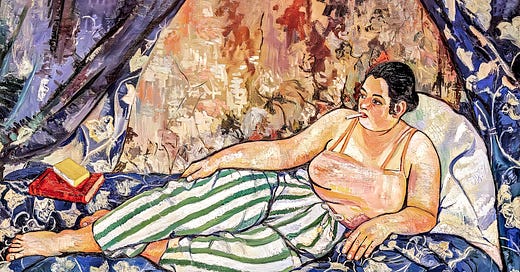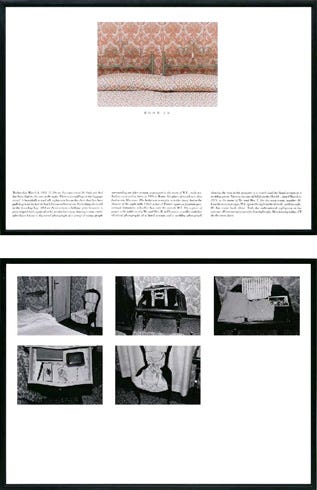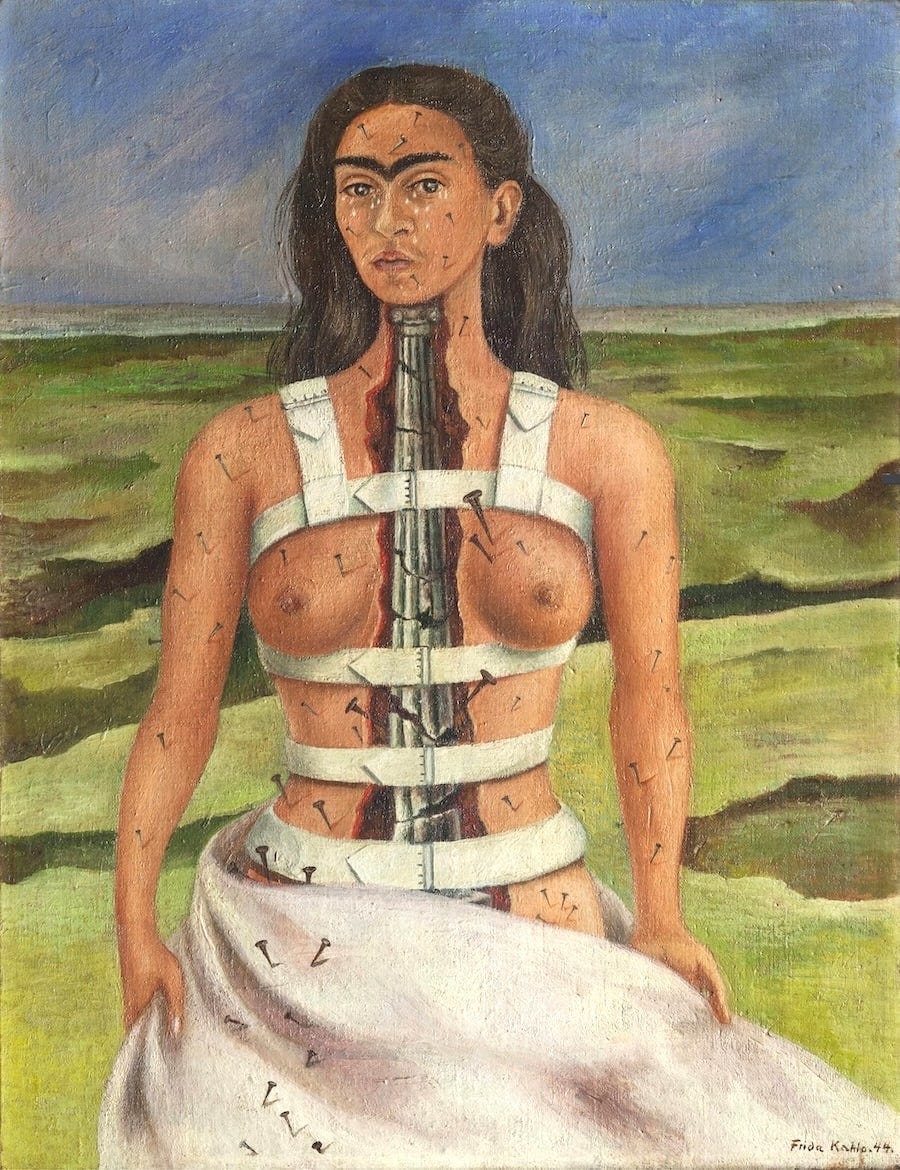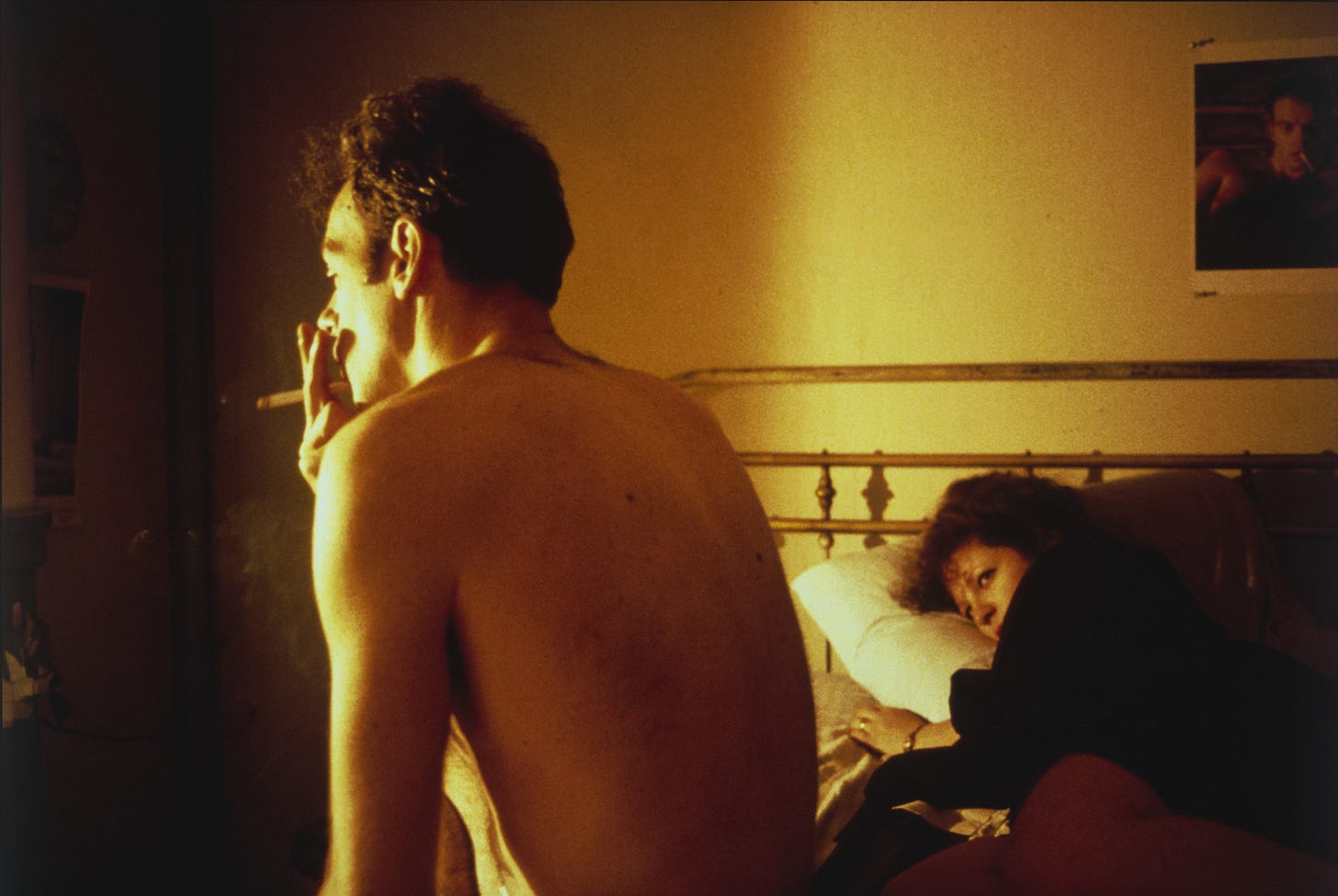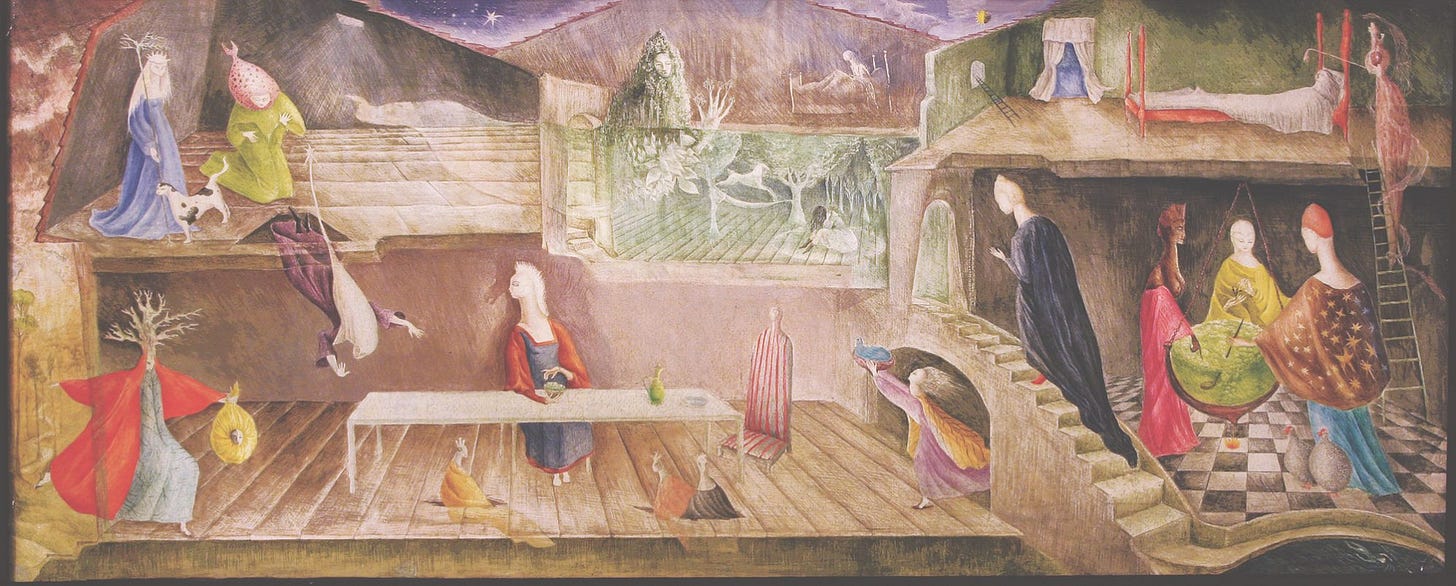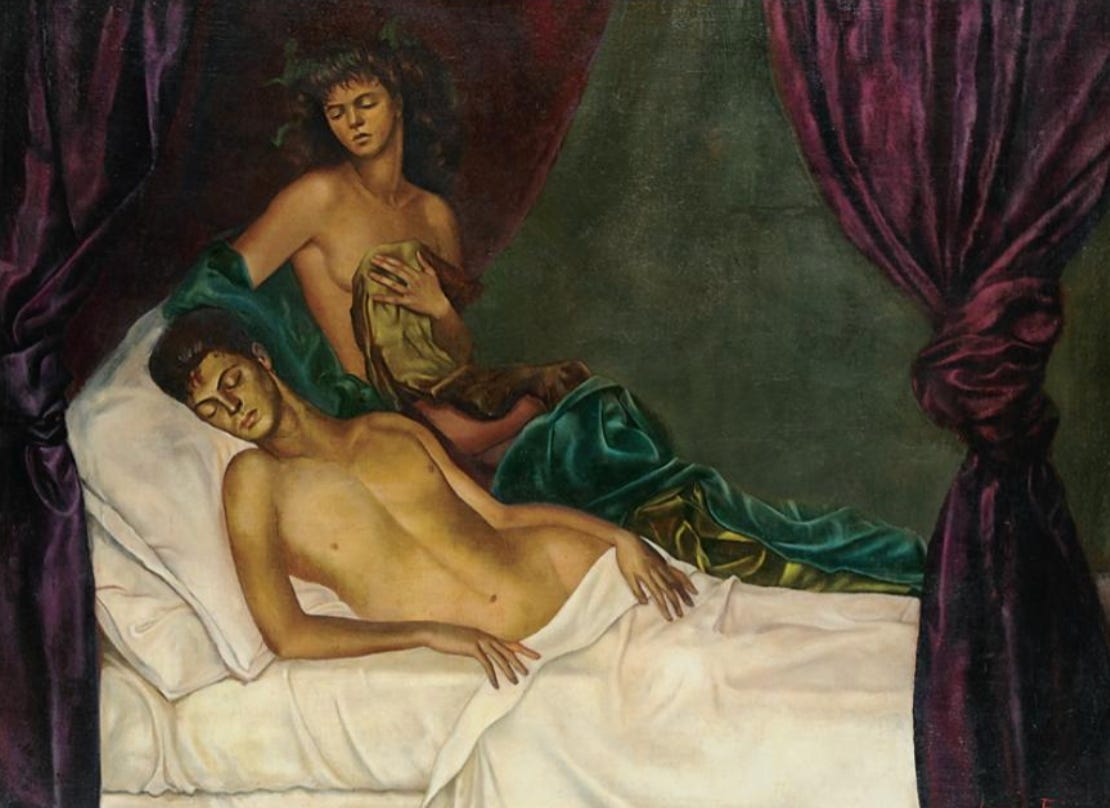Love, Lust & the Art of the Bed: Iconic Beds in Art History
How Artists Have Captured Romance, Passion, and Heartbreak Through the Most Intimate Piece of Furniture
If beds could talk, they’d have the best gossip. They’ve witnessed love and heartbreak, dreams and nightmares, quiet moments and chaotic ones—including the occasional entire box of crackers consumed in one sitting. And yet, in art history, beds have often been reduced to passive backdrops—places where women recline, sigh, or conveniently die for dramatic effect.
But in the hands of these artists, the bed transforms. Suzanne Valadon’s figures don’t lounge for the male gaze—they sprawl, unapologetic. Frida Kahlo turned her own sickbed into a studio, painting pain into defiance. And Tracey Emin? She skipped the painting altogether, placing her real, unmade, gloriously messy bed in a gallery. The bed isn’t just a setting—it’s a statement.
When these artists depict the bed, it’s not just a setting for romance—it’s a space of agency, sensuality, and control.
Suzanne Valadon – The Blue Room (1923)
Valadon, a former acrobat and model turned self-taught painter, flipped the script on the traditional reclining nude. Instead of posing passively for the male gaze, her subject lounges comfortably—smoking, sprawled, and entirely unbothered. A woman enjoying her own bed on her own terms.
Mickalene Thomas – Sleep: Deux Femmes Noires (2012)
A lush, jewel-toned portrait of two Black women lying together, Thomas’ work challenges the erasure of queer love and Black intimacy in art history. Inspired by Manet’s Olympia but with none of the colonialist baggage, this bed isn’t just a setting for passion—it’s a radical act of representation.
Sophie Calle – The Hotel (1981)
Ever wanted to snoop through someone else’s unmade bed? Calle did just that—photographing sheets left behind in a Venice hotel to document the remnants of anonymous lovers, arguments, and restless nights. A voyeuristic love letter to the stories beds hold when no one’s looking.
Beds witness our highest highs, but they also see the absolute wreckage of human emotion. These artists turned their beds into confessionals—where grief, pain, and the messiness of heartbreak take center stage.
Frida Kahlo – The Broken Column (1944)
Kahlo spent much of her life bedridden due to illness and injury, and in this haunting self-portrait, she transforms her body into a fractured landscape of pain. Her unmade bed became both a prison and a sanctuary—her only constant companion in suffering.
Tracey Emin – My Bed (1998)
Possibly the most infamous bed in art history, Emin’s unmade sheets, empty vodka bottles, and used condoms made the art world clutch its pearls. This wasn’t some grand, sanitized depiction of heartbreak—it was a brutally honest look at what it means to be completely undone.
Nan Goldin – The Ballad of Sexual Dependency (1986)
Goldin’s photographs capture love in all its glory and toxicity, with beds playing a starring role. From tangled limbs of lovers to solitary moments of heartbreak, her images feel like walking into someone’s most private memories—raw, real, and devastatingly beautiful.
Sometimes, the most radical thing you can do is stay in bed. These artists used the bedroom as a site for protest, defiance, and feminist rebellion.
Yoko Ono – Bed-In for Peace (1969, with John Lennon)
For some artists, the bed isn’t a physical space—it’s a portal to the subconscious, where reality and fantasy blur together.
Leonora Carrington – The House Opposite (1945)
A bedroom that morphs into a dreamlike world, where animals roam freely and strange forces take over. Carrington, a surrealist icon, saw the bed not as a place of rest but as a launchpad for the imagination.
Leonor Fini – The Alcove (1941)
Fini, the ultimate femme fatale of surrealism, created some of the most enigmatic and theatrical bedroom scenes in art history. In L’Alcove, she places herself at the center, draped in flowing fabrics. Beside her, Greek-Ethiopian filmmaker Nico Papatakis lies reclined, reversing traditional gender roles in classic boudoir paintings. This isn’t a passive bedroom scene—it’s a performance, a staging of power, and a subversion of how beds (and women in them) are expected to be depicted. Fini’s world is one where beds are not for sleep but for seduction, mystery, and metamorphosis.
Petra Collins – Self-Portraits in Bed (2010s)
A contemporary artist reclaiming the female gaze, Collins photographs herself and other women in bed, not as passive objects but as self-aware subjects—messy, introspective, and fully in control.
In the hands of these artists, the bed is more than a place to rest. It’s where power, intimacy, and vulnerability unfold—not as passive moments, but as bold statements. Whether painted, photographed, or dragged straight into the gallery, these beds refuse to be just background.


